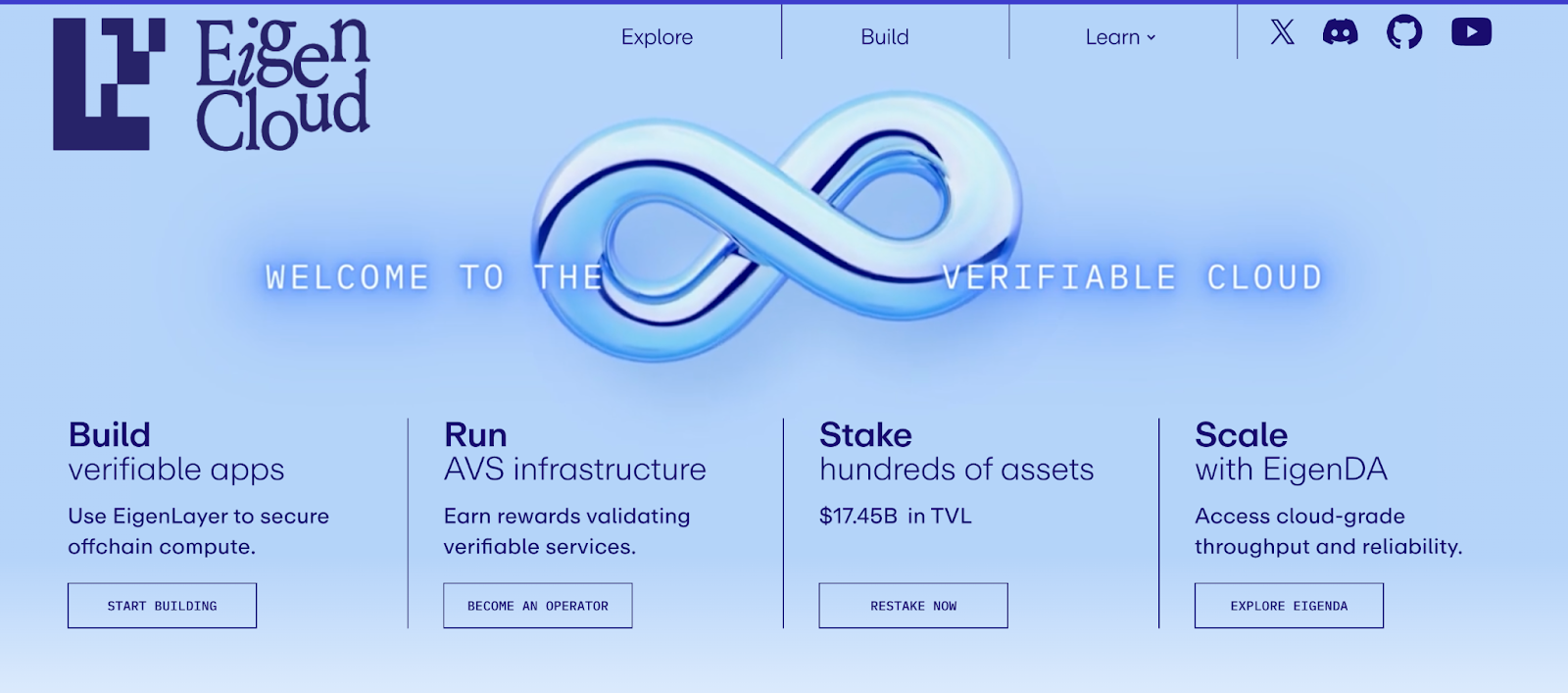The Future of Liquid Restaking
The final module looks ahead to what’s next. It outlines EigenLayer’s roadmap, multichain restaking via protocols like Symbiotic, and new use cases beyond middleware—including modular rollups, decentralized AI networks, and BTC restaking. It also shows how restaking is evolving into a cross-chain security primitive and how developers and users can safely participate in the next phase of this ecosystem.
Upcoming Upgrades in EigenLayer and Beyond

EigenLayer remains the core infrastructure provider for Ethereum-based restaking. Its 2025 roadmap introduced several enhancements designed to standardize validator delegation, improve slashing enforcement, and enable fairer distribution of AVS fees and rewards. The introduction of on-chain slashing modules represents a structural shift from voluntary participation to programmable risk. Each AVS can now define its own slashing rules and enforcement logic, creating a more granular security model that aligns with service-specific behaviors.
A second major change is the shift toward shared vaults for AVS delegation. Rather than each LRT protocol managing its own validator set and delegation strategy, vaults act as intermediaries where AVSs post bounties and security requirements. This design allows restaked capital to flow more efficiently into services with defined economic incentives and measurable reliability. It also reduces fragmentation, aligning validator incentives with fee-producing opportunities rather than static delegation agreements.
On the token side, the development of the LRT² standard introduces a unified mechanism for tracking restaking rewards, EigenLayer points, and protocol incentives. This modular rewards vault system increases transparency, allowing users to track cumulative earnings across multiple protocols and AVSs from a single dashboard.
In parallel, the emergence of new restaking protocols, particularly those that operate across multiple chains, suggests that restaking may no longer be exclusive to Ethereum or its staking derivatives. This diversification of base assets and execution environments could lead to broader adoption and new types of security markets.
Symbiotic and the Multichain Restaking Model
Symbiotic has positioned itself as a multichain alternative to EigenLayer. While EigenLayer is built around Ethereum’s validator set and ETH-based collateral, Symbiotic is asset-agnostic. It supports a wide range of tokens, including stablecoins, wrapped Bitcoin, and native tokens from other proof-of-stake ecosystems. This flexibility allows developers to build restaking-secured services outside the constraints of Ethereum’s staking ecosystem.





